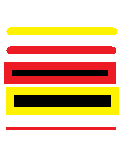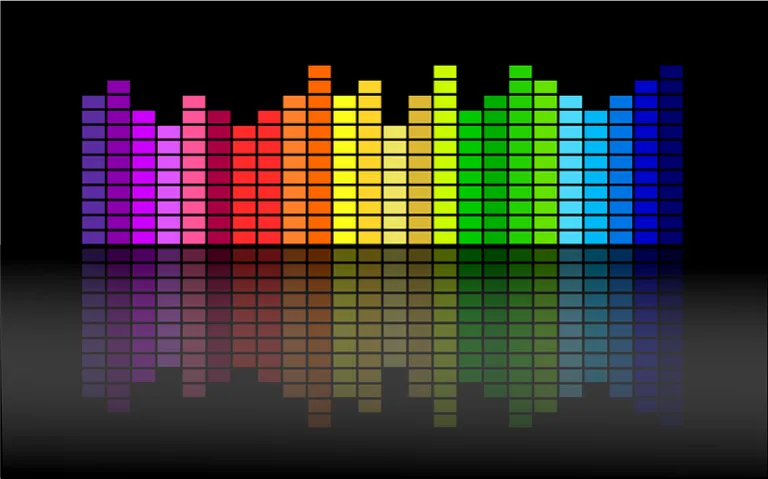
Source
The sound signal consists of several frequencies. Broadly speaking, the frequencies are divided into low, mid, and high. For more details, it is divided into Sub Bass, Bass, Mid, High Mid, and High.
Raising or lowering the frequency incorrectly will result in music or a song that doesn't sound good. Even by setting (bost/Cut) a frequency will result in the sound that has occurred. Not to mention talking when we're not talking about several musical instruments that all have different frequency ranges.
To make the dynamics of the music sound good, we need a tool called an equalizer. The function of the equalizer is to increase (boost), reduce (cut), and even remove a frequency in a sound signal. But as already said not all instruments have the same frequency so we have to increase or decrease each frequency. On the other hand, each instrument has a different frequency range.
In combining the sound of the instrument, an equalizer is needed so that it does not waste time disturbing an instrument, and also with an equalizer, we can adjust all the frequencies on each instrument so that they do not collide and have their respective places with the aim of harmonizing beautiful music.
But before I discuss how to use a good equalizer, in this post I will discuss the sound range on an instrument or vocal. With this discussion later in the future, we will more easily understand how to use a good equalizer.
To understand more about the frequency range, it helps if we pay attention to the following diagram below:
From the diagram above, it can be understood as follows:
1. Sub Bass
Frequency range 16 – 60 Hz
• Sub-bass is easier to hear
• A music containing the Sub Bass frequency will sound louder, on the contrary, music lacking this frequency will sound less powerful.
• However, if a piece of music has this Sub Bass frequency, it will sound not clear
2. Bass
Frequency range 60 – 250 Hz
• With Bass Frequency music will sound fatter
• Music that lacks this frequency will also cause less powerful music, but not like the sub-bass.
• Conversely, if the bass frequency is too excessive, it will also make a music sound buzzing and drowning.
• Usually the bass frequency is used in making a rhythm or rhythm section
3. Mid Range
Frequency range 250 Hz – 2 kHz
• Midrange is the lowest harmonic sound signal on most musical instruments
• Too much frequency at 500-1kHZ will cause the sound of an instrument to be dull
• Furthermore, if excessive at a frequency of 1-2kHz will cause a sound like metal or called tinnily
4. High Mid Range
a. Frequency range 2 – 4 kHz
• At this frequency will cause the beat of most musical instruments.
• At this frequency, a vocal sound will be easier to analyze
• But the disadvantage is that if music is excessive, this frequency will cause the listening ear to tire quickly.
b. Frequency range 4 – 6 kHz
• At this frequency an instrument will be heard clearly
• Adding this frequency will make the instrument sound more advanced
• Sibilance or esser is also present at this frequency
5. High
Frequency range 6 – 20 kHz
• At this frequency Contains "brightness" (brightness) and "crispness" (crisp).
• In contrast to the frequency of 4-6 kHz, at this frequency there is a higher sibilance.
• Too much frequency of 8 – 16 kHz will cause an instrument to sound flimsy.
• Just like sub-Bass, frequencies above 16 kHz will be heard more clearly
In the diagram above we can also read the frequencies of several instruments including vocals. With the following information:

Thus our current discussion is about the instrument sound range. in the future, we will discuss using the equalizer chart
I have previously posted this article on my blog

